US-Sport
MLB: Roberto Clemente: The Pride of Puerto Rico
Roberto Clemente was an outfielder of the Pittsburgh Pirates, who became a legend not only for his sporting achievements but also for his humanitarian services. Until his tragic death in 1972, he let deeds speak for themselves and left a lasting impression on many levels. Today he would have been 83 years old. SPOX recognizes an impressive career. And an impressive person.
“Whenever you have the opportunity to make a difference in the world and let it pass, you waste your time on this earth” (Roberto Clemente)
Sport stars have always been known for their performances on the field or their extravagant appearance outside of it. Only rarely does someone who leaves a lasting impression beyond the game and tries to make the world a better place. One of them was Roberto Clemente Walker, perhaps the greatest Latin American player in baseball history.
Clemente was known for his superb defensive qualities and his punch. He won twelve Gold Glove Awards for the best defensive player in his position in a row. In addition, he led the National League four times with the best average and the Pittsburgh Pirates to two World Series titles. In 1966 he was voted MVP of the League, five years later World Series MVP.
Despite all the heroic feats with a club and a glove: Clementes work off the diamond was even more impressive. In almost every off-season, the native Puerto Rican campaigned for minorities and people in need. He has always worked on various charity projects and helped out in crisis areas.
However, his last rescue operation was to become his downfall.
Clemente grew up as the son of a foreman on a sugar plantation and helped his father load and unload trucks. But he discovered his passion for baseball at an early age, playing in high school and later on softball. This paved his way into the Puerto Rican Amateur League and later even into the professional league of the island state.
Even though he only became a starter in his second season there, scouts of the famous Brooklyn Dodgers discovered him at the beginning of the 1950s, who then signed him up for a minor league contract. At the age of 20 he joined the junior team in Montreal, where he had to struggle with the climate and language at the beginning. After all, some of the players spoke Spanish, so they took Clemente under their wing. Among them were Chico Fernandez, later Dodgers legend Tommy Lasorda and pitcher Joe Black.
Black was also the reason why scouts were introduced to the Pittsburgh Pirates. They originally wanted to take a closer look at the pitcher, but instead a Puerto Rico backup outfielder caught their eye: He didn’t play, but he was convincing in warming up and batting practice. Clemente left a lasting impression and was finally taken to Pittsburgh the following winter in the rookie draft that was customary at the time.
In the square, the trees for Clemente didn’t grow straight into the sky. Injuries and adaptation problems hampered his performance in the early years of the Big Leagues. In 1960, however, he arrived properly. He was voted All-Star for the first time – an honour that was bestowed on him a total of 15 times – and played his best season to date. The crowning glory was winning the World Series in seven games against the New York Yankees. Clemente made at least one hit in each of the games.
Clemente became the first Latin American and Caribbean player to win the World Series as a starter. The season was also the “starting signal” for a picture-book career with numerous Pirates’ bests and franchise records.
About his personality he once said:”I’m a little shy when the fans go crazy. I’m a very quiet, shy person, although you writers won’t believe me because sometimes I scream.”
Clemente became an absolute Pirates superstar and won the World Series with the team eleven years later. In his last At-Bat of the Regular Season in 1972 he managed to reach the 3000 at the Three Rivers Stadium. Hit of his career. He was only the eleventh player in the history of MLB to reach this mark. He then lost to the Cincinnati Reds in five games with Pirates in the National League Championship Series.
Clemente, who still couldn’t get enough of baseball in winter, played in his home country in the Winter League and also played as manager of his team. Then there was charity work. Immediately after a severe earthquake in Managua, the capital of Nicaragua, he organised emergency flights to help the victims of the disaster.
With the Pirates, he became an institution. When they left the legendary Forbes Field in 1970 and moved to Three Rivers Stadium, it was an emotional moment for Clemente because “I spent half my life here. The 27th. July 1970 was declared “Roberto Clemente Night”, many Puerto Ricans travelled to Pittsburgh to celebrate their hero. There was a player’s ceremony and a scroll of 300,000 signatures from Puerto Rico – and several thousand dollars donated to charities at Clemente’s request.
When reports from Nicaragua made the rounds in the winter of 1972, according to which relief supplies from three flights to an earthquake area had not reached the victims and had instead been intercepted by corrupt Somoza government officials, Clemente saw only one way out: he himself had to travel to Nicaragua, as his presence would increase the chances of a safe delivery.
Together with the then Montreal expos pitcher Tom Walker, who played in the winter league in Puerto Rico at that time, he loaded the chartered cargo plane of the Douglas DC-7 type on New Year’s Eve, which was known for its quirks. Walker wanted to accompany Clemente – but Walker was single at the time. So Clemente told him that he should not fly along and rather enjoy New Year’s Day instead.
He himself broke with his four-man crew on 31 December. However, the aircraft, which was overloaded with 4,200 pounds, crashed into the Atlantic shortly after take-off due to engine damage off the coast of Isla Verde/Puerto Rico.
Parts of the fuselage and the pilot’s body were recovered days later. The bodies of Clemente and the other three inmates were never found.
Almost the entire Pirates team took part in Clementes funeral, which left a wife and three sons. Only one not: Clementes close friend, Manny Sanguillen. He decided to travel to Puerto Rico and go diving at the crash site to find his friend.
The Pirates responded to the terrible loss and never again gave away his number 21, which Clemente had chosen for the 21 letters in his name – Roberto Clemente Walker.
The rest of the baseball world also honored Clemente with a grand gesture and elected him into the Hall of Fame just a few months after his death – the required five-year waiting period was suspended. He received 393 of the 420 votes and was accepted with 92.7 percent.
At the same time, the Commissioner’s Award, which has been presented since 1971, was also renamed the Roberto Clemente Award for outstanding players who, in addition to their commitment to sport, have also been involved in society. It is still awarded today.
Roberto Clemente has left a lasting impression on many levels and in countless lives. Tom Walker owes it to him: If his friend hadn’t stopped him from boarding the plane to Nicaragua on New Year’s Eve 1972, he would have been the victim of the plane crash.
Clementes’ legacy lives on. In the hearts of the fans, in the award named after him – and last but not least in Neil Walker, Tom’s son:”I am lucky that my father didn’t board this plane. The memory of Clemente has always been an important part of my life,” says Neil Walker, who is also a professional baseball player and has played for Pittsburgh Pirates for a number of years.
“I want to be remembered as a baseball player who gave everything he had to give.” (Roberto Clemente)
This article was published without prior view by the Major League Baseball.


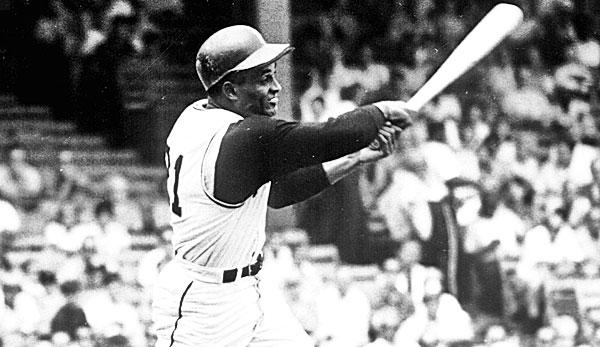




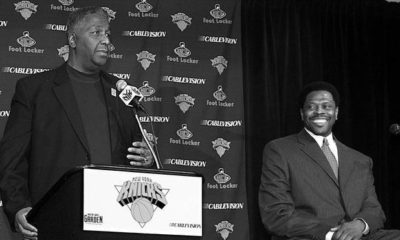
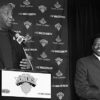
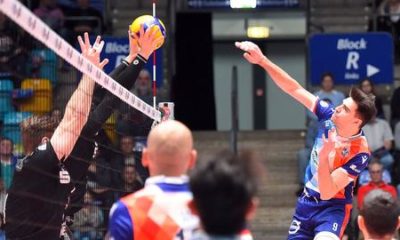

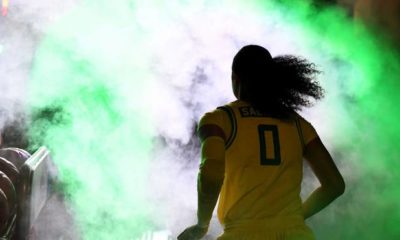






You must be logged in to post a comment Login